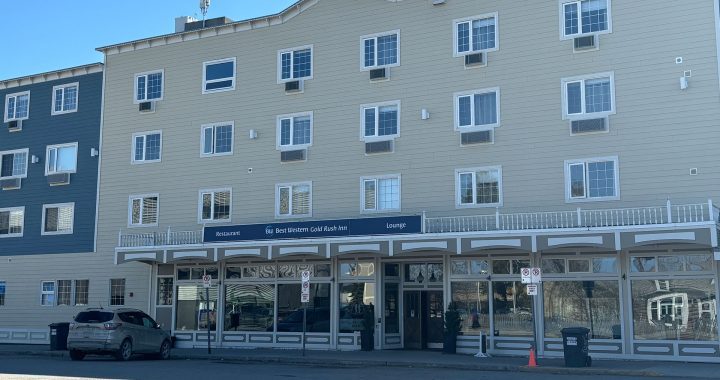First Nations, Inuit and Métis seeking immediate emotional support can contact the Hope for Wellness Help Line toll-free at 1-855-242-3310, or by online chat at hopeforwellness.ca.
From coast to coast – former residential school sites are being searched for unmarked graves.
Some find anomalies – a shadow on the screen of ground penetrating radar – while others have more advanced discoveries.
In January 2023, Star Blanket Cree Nation announced the initial findings of ground penetrating radar had more than 2,000 “hits” at the site of the former Qu’Appelle Indian Residential School site near Lebret, Sask.
According to Chief Michael Starr, the discoveries have also yielded a partial piece of a child’s jawbone which is believed to be more than 100 years old.
“Our hearts are heavy today,” Starr said at a news conference on Jan. 12. “Whether you call them Roman Catholics, whether you call them priests, whether you call them nuns, those are the individuals who intended to give us ‘good education,’ but as we understand it, that was not it, that was not the way.”
On InFocus – we’re going to be speaking about these discoveries and what comes next. How does a community deal with this kind of traumatic information?
On Feb. 7, the federal government announced that it’s signing a $2 million technical agreement with the International Commission on Missing Persons to provide Indigenous communities with options for identifying possible human remains buried near former residential school sites.
Based out of The Hague, the organization works in different countries to help identify the remains of those who have disappeared or been killed in conflicts and disasters, including after the 2013 Lac-Megantic rail disaster in Quebec.
It’s could be the kind of information members of the Minegoziibe Anishinabe First Nation in Manitoba are looking for after being at a “standstill” on how to proceed after the discovery of anomalies that could be unmarked graves or remains of their relatives, said Chief Derek Nepinak.
“We are at a point now where we have community members who are asking us to actually begin exhuming remains and we need help and we need assistance, and best practices might help us move in the right direction,” he said.
In this episode of InFocus, we’ll be speaking with researchers and community members about the recent findings, what it means to find an “anomaly” and what comes next.











